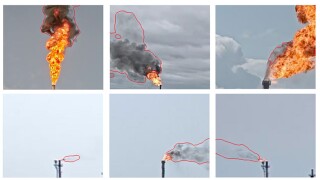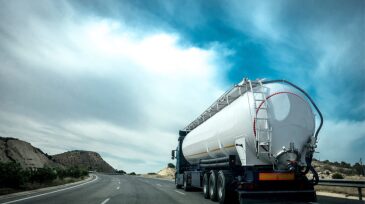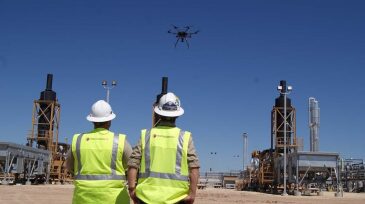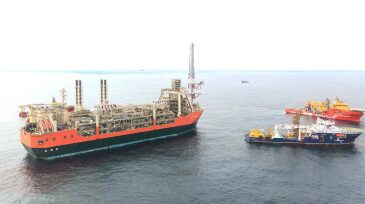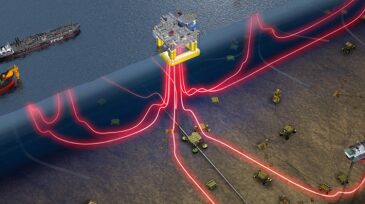Safety
A resilience-based approach to safety was the focus of a panel of experts at the 2025 SPE Annual Technical Conference and Exhibition in Houston.
This paper focuses on developing a model that can be used in an automated, end-to-end flare-smoke detection, alert, and distribution-control solution that leverages existing flare closed-circuit television cameras at manufacturing facilities.
This paper presents a physics-informed machine learning method that enhances the accuracy of pressure transient analysis, predicting reservoir properties to enhance waste slurry injection and waste disposal.
-
New technologies present both challenges and opportunities for keeping oil and gas workers safe. In two panel discussions at the latest Offshore Technology Conference, safety experts throughout the industry debated how to move forward.
-
Vehicle crash data reported throughout the industry from state and federal agencies as well as independent sources show that speed and seatbelt use are the two biggest contributing factors that lead to oilfield-related fatalities.
-
Drones have entered the oil and gas domain as a more comprehensive method of inspection—providing not only a flexible and cost-effective way to conduct inspections but also a data-intensive structure for inspecting assets in a nondestructive manner.
-
The Health and Safety Executive, a UK safety authority, has served BP with an improvement notice regarding its training for lifeboat evacuation on the Glen Lyon floating production vessel, west of Shetland.
-
This paper discusses ExxonMobil’s focus on the next phase of its safety journey through advancement of individual awareness and decision making to help drive breakthroughs in the operator’s vision of safety.
-
This paper provides an overview of the company’s journey toward preventing significant process-safety incidents. Each step involved in this journey plays a key part. By focusing the improvement of the process on individual steps, the overall learning process has improved significantly.
-
Concern has been growing in the oil and gas industry about the high frequency of mooring line failures. While physical tension sensors can be difficult and costly to maintain, machine learning has shown to be a more-accurate and less-costly method for structural integrity assessment.
-
A new package of regulations governing workers’ safety in the oil and gas sector in Guyana is being crafted, said the country's occupational safety and health consultant at the Ministry of Social Protection, Gwyneth King.
-
CIS has been awarded the President’s Award for Occupational Health and Safety from the UK’s Royal Society for the Prevention of Accidents.
-
Oil and gas performance specialist Salos has teamed up with a human behavior consultancy to reduce health and safety risks in the sector. The Aberdeen-based business has worked closely with HFB Consulting over the past year to create an aviation training plan tailored to the oil and gas industry.


